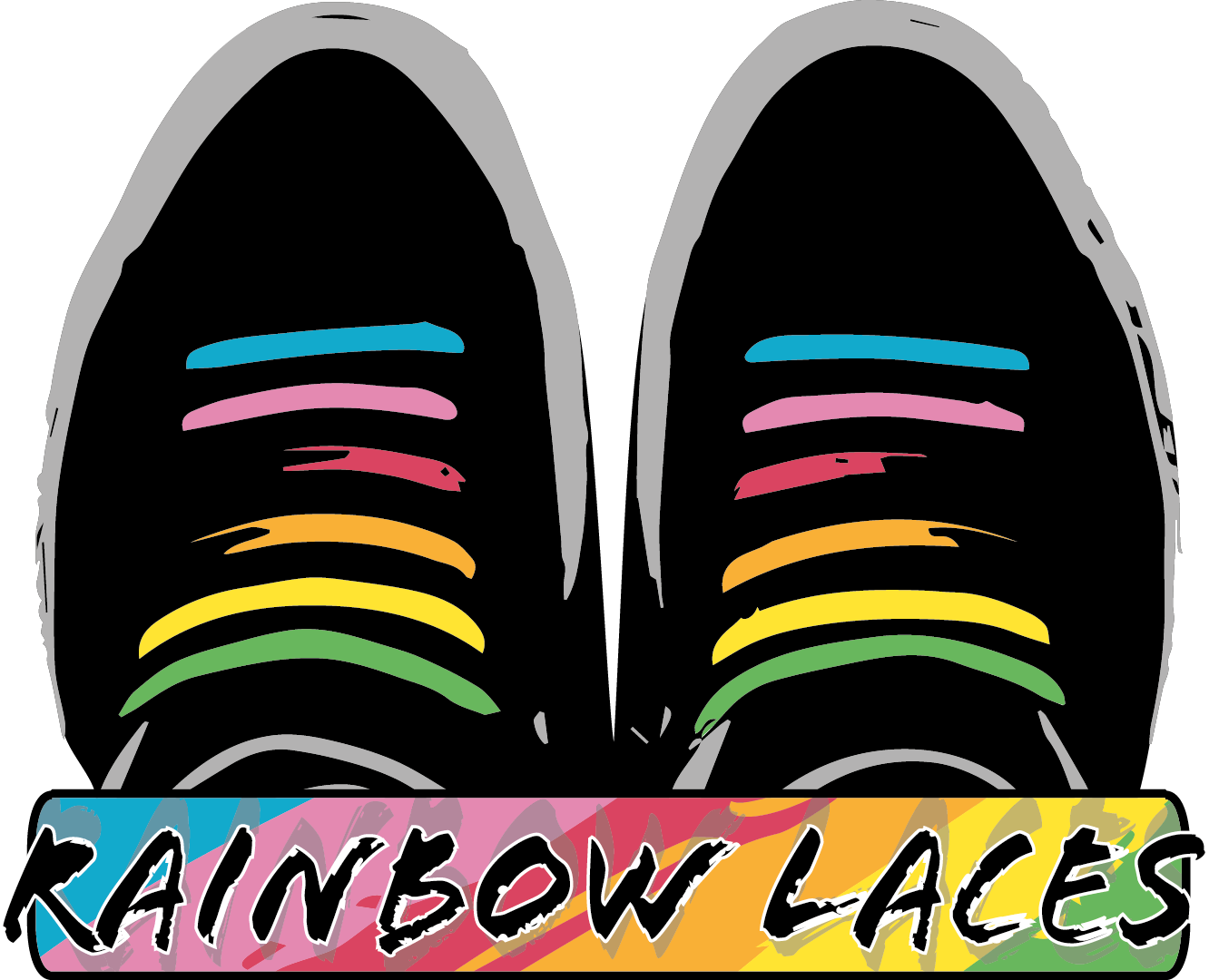It was never about stand-ups🧍 or pants👖 (or trousers🇬🇧).
So, over the weekend, I wrote a post about a hypothetical discussion I had with a team about if they really got value from their stand-up. It generated some discussion….
But here's the thing. Stand-ups were not the point; the point was doing the right thing for the team and supporting the team as they worked out what was and wasn't valuable for them. And, sometimes, this can be a little painful.
For those who have raised a toddler, think back to the first time they wanted to run ahead as you walked to the park. You let them do it, and you know they will be fine, but somehow, every, single, tiny toddler step between you and them seems to increase your anxiety. You are amazed, proud, in awe and terrified.
You are watching this amazing, beautiful life begin to make their own mark on the world.
There will be times when a team wants to try something you might be uncomfortable with. A team might say, “Let’s scrap the stand-ups,” just as a child might want to sprint to the horizon.
As a leader or coach, you understand the potential value that a stand-up could bring and the possible risks of not doing it. Just as when your child lets go of your hand, you can’t help but imagine all of the possible risks that could befall your offspring.
“You can run to the next tree,” we might tell the child, setting a visible marker they understand and accept.
“Why don’t we experiment with no stand-ups for a week?”, we might say to our team. A week is a temporal boundary, a space where the team can experiment.
Perhaps, after a week, they discover that, in their context, it improves their workflow. So they keep (not) doing it.
Your toddler, now an experienced explorer, is just ahead of you, running toward the next tall sycamore on the tree-lined pavement.
Then, almost in slow motion, they trip on a flagstone and fall. Their exaggerated wail belies the small graze on their knee.
You run the three adult steps they were ahead (although it now seems like miles) and scoop them up. You keep a brave face, but your heart is about to pop out of your chest.
After a cuddle, they are back on the path, although this time walking beside you, holding your hand.
Over time, the team grows, and they notice they might need a little more synchronisation. So, they experiment with having a daily check-in.
This helps with their syncing issues, but when they finish this more complex piece of work, and the team scales down again, they recognise that maybe they don’t need the daily check-in. So they experiment with a weekly Friday check-in, as they recognis they enjoyed the social aspect of the morning meeting.
The beauty of this experiment isn't just in proving a point or validating a preference; it's in the learning that occurs. The team learns why a practice did or didn't work for them, in their context.
Just as a child might reach for a parent's hand when they're tired, uncertain, or just want to feel connected, a team might revert to familiar practices for comfort, clarity, or cohesion. And that's okay. It’s about understanding that these practices aren't inherently good or bad; their value is contextual.
Leadership in this space is akin to parenting. It's not about enforcing a set of rules; it's about being the guiding hand that's there when needed. As a leader, you're providing a safety net — a stable presence that teams know they can fall back on when they choose to let go and run ahead to explore the vastness of their potential. Knowing that hand is there if they need it gives them the confidence to let go, experiment, and grow.
The next day, on your way to the park, they run ahead again, but this time, you see them, carefully stepping over the cracks.
Just like our teams, they learn, they adapt, and sometimes they circle back to practices like stand-ups, not because they're told to, but because they've understood their value in their own context.
And just like with parenting, in leadership, it’s about being there, not to pave their path, but to guide them as they find their own way – stand-ups, agile pants (trousers🇬🇧!) or whatever else they choose to wear along the way.



